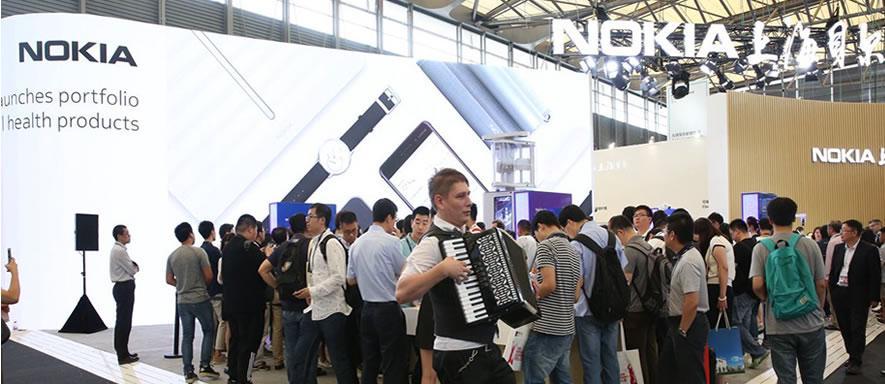Nokia is demonstrating the role high-performance 4G technology will play on the path to 5G to ensure continuity-of-service when 5G technology is deployed. At Mobile World Congress Shanghai, Nokia is showing its AirScale base station working with 4.9G technology to reduce network latency to less than two milliseconds, bringing performance closer to the latency levels 5G is expected to deliver.
"We are committed to helping operators evolve their networks in the most effective way, allowing them to anticipate and meet demands with higher performance where and when it is needed,” said Tero Peltola, head of the LTE business line at Nokia. “We continue to evolve our 4G offering with 4.5G Pro and 4.9G technologies, and with this network latency demonstration we can show operators how they could use LTE to deliver higher-bandwidth industry and enterprise applications to more customers on their path to 5G."
5G will enable new applications, such as 'Industry 4.0' industrial automation, autonomous vehicles, remote healthcare and immersive virtual reality entertainment, each requiring massive bandwidth and extremely low levels of network latency. Initial deployments of 5G technology will be in highly populated megacity centers, where demands on existing LTE network resources from consumers and enterprises will remain high.
By moving the performance of LTE networks closer to a 5G experience using Nokia's 4.9G technology, operators can support these higher-bandwidth applications on the path to 5G while ensuring continuity of service once 5G is initially deployed.
"With the move from 3G to LTE networks, shortened latency times were crucial for an improved mobile broadband user experience,” said Shiv Putcha, Associate Director, IDC Asia Pacific. “With this demonstration, Nokia has set a new benchmark for LTE network latency performance, bringing it closer to the 5G levels needed for industry and enterprise applications. This will allow operators to begin support for new applications and deliver service continuity as operators start rolling out 5G networks."
In its demonstration at Mobile World Congress Shanghai, Nokia was employing 4.9G to reduce network latency to less than two milliseconds using a feature that allows transmission time intervals to be shortened by 86 percent. This will leverage the Nokia AirScale base station, which will allow operators to support both 4.9G and 5G technology in a single unit to maximize speed and capacity as they migrate to 5G.





